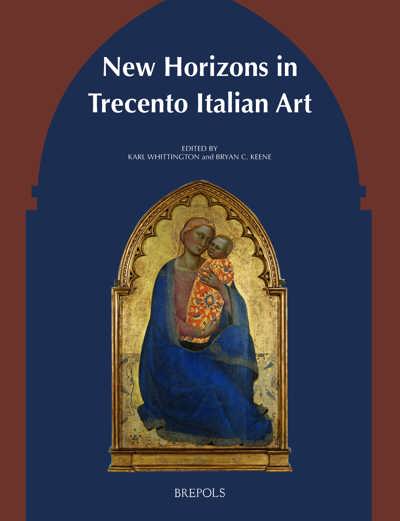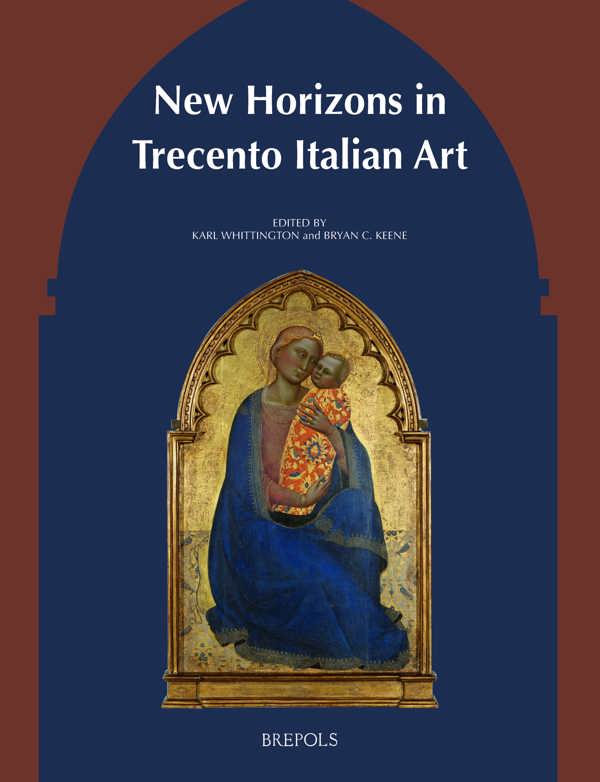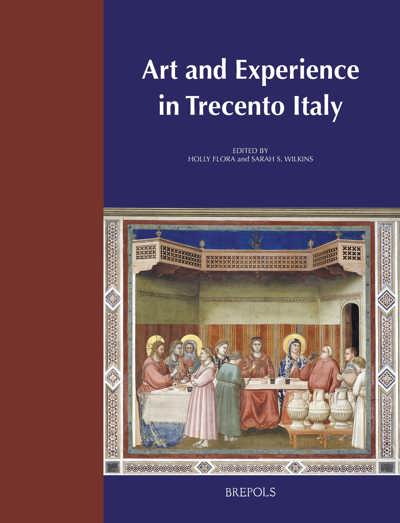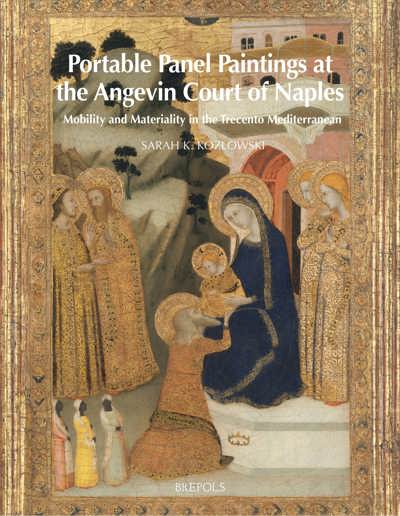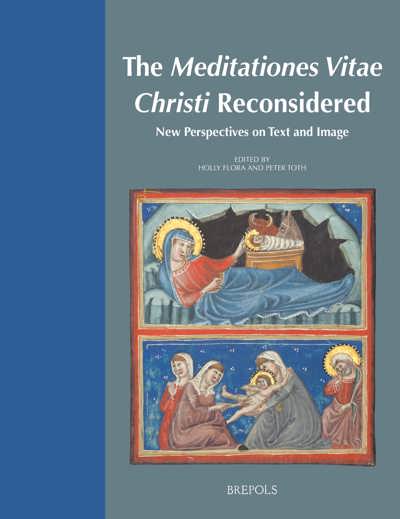
New Horizons in Trecento Italian Art
Bryan Keene, Karl Whittington (eds)
- Pages: 320 p.
- Size:216 x 280 mm
- Illustrations:200 col.
- Language(s):English
- Publication Year:2021
- € 115,00 EXCL. VAT RETAIL PRICE
- ISBN: 978-2-503-58618-2
- Hardback
- Available
“Altogether the volume offers a rich collection of fresh research that can be mined for content and methodology by the next generation of students and scholars.” (Kathleen Giles Arthur, in caa.reviews, 2021.103)
Bryan C. Keene is associate curator of manuscripts at The J. Paul Getty Museum, and editor of Toward a Global Middle Ages: Encountering the World through Illuminated Manuscripts (Getty Publications, 2019) and contributing author to Florence at the Dawn of the Renaissance: Painting and Illumination, 1300-1350 (Getty Publications, 2013). Karl Whittington is associate professor of history of art at The Ohio State University, and the author of Body Worlds: Opicinus de Canistris and the Medieval Cartographic Imagination, published by the Pontifical Institute in Toronto in 2014.
The fourteenth century in Italy, the age of Giotto, Dante, and Boccaccio, widely known as the trecento, was a pivotal moment in art history and in European culture. The studies in this volume present new approaches to art in this important but often neglected period of the late Middle Ages and early Renaissance. Scholars at various stages in their careers discuss a wide range of topics including architecture, cultural exchange, materiality, politics, patronage, and devotion, contributing to a new understanding of how art was made and experienced in this nodal century. These papers were originally presented at the Andrew Ladis Trecento Conference held at the Museum of Fine Arts in Houston in November of 2018.
Some Reflections — Judith Steinhoff
Introduction — Bryan C. Keene and Karl Whittington
I. Matter and Material
Stone, Paint, Flesh: Fictive Porphyry Exteriors in a Group of Multipart Panel Paintings from Angevin Naples — Sarah K. Kozlowski
The Altar as Stage: Visual and Material Conditions of the Dramatized Nativity — Patricia Simons
Jacopo, Niccolò, and Paintings in Books for Santa Maria degli Angeli — George R. Bent
II. Narrative and Response
Painted Wood Caskets for Saints in Trecento Venice — Ana Munk
The Reliquary of the Column of the Flagellation: A Case for Narrative Reliquaries — Claire Jensen
Fragmented Narrative in the Chapter House of San Francesco in Pistoia — Laura Leeker
Seeing and Sensing Compassion: Giotto’s Naturalism in the Arena Chapel and Pietro d’Abano’s Theory of Sympathetic Response — Theresa Flanigan
III. Prototypes: Local and Global
Locating the Duomo of Milan in the European Trecento — Erik Gustafson
The Ilkhanid-Italian Relationship during the Trecento: Medieval Persian Prototypes for Brunelleschi’s Dome in Florence — Lorenzo Vigotti
IV. Art and Identity
A Tribute to Dante: The Giottesque Portrait in the Palazzo del Podestà in Florence — Sonia Chiodo
Visual Representation of Women’s Legal Duties in Medieval Siena — Elena Brizio
V. Time and Knowledge
Towards a New Reading of the Fifteenth-Century Astrological Cycle at the Palazzo della Ragione in Padua — Anna Majeski
Giotto and Time — Luca Palozzi
Diagramming Triumph in Trecento Painting: Augustine and Thomas from Page to Wall — Karl Whittington
VI. Local Sanctities
Art of an Emblematic King: Robert I of Naples as King of Jerusalem in the Fourteenth Century — Cathleen A. Fleck
The Lignum Crucis and the Veneration of the Cross in the contado of Siena: Unmasking Some Neglected Images in the Cathedral of Massa Marittima — Sandra Cardarelli
The Bodies and Blood of Christ and the Virgin at Santa Maria Novella, Florence — Amber McAlister
VII. The Trecento in the Present
Rising from the Rubble of World War II: The High Altarpiece of Impruneta — Cathleen Hoeniger
Engaging with the Trecento — Caroline Campbell
Afterword — William Underwood Eiland
